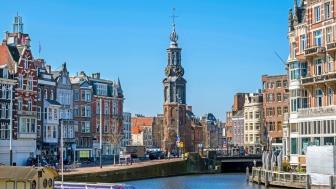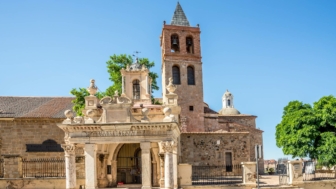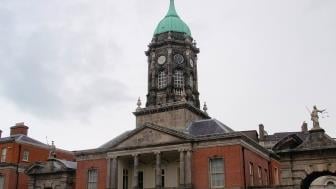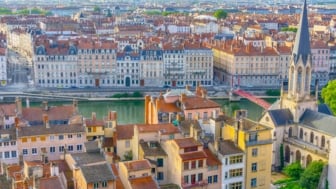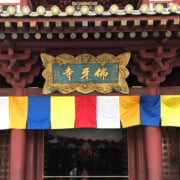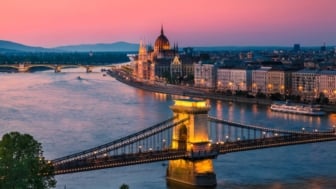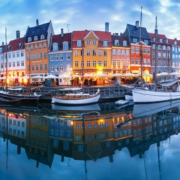Ever curious about the history of the most popular neighborhood in Amsterdam? Explore the Red Light District at your own pace and learn the district’s intriguing history. As you take a stroll, observe the area’s architecture, visit the intriguing museums and make a pitstop at one of the cozy cafes. Despite the fact that Red Light District is connected to prostitution in Amsterdam, you’ll soon realize that this neighborhood is much more than that.
What to know about the Red Light District
Historically the oldest sector of the city, the Red Light District has played its own role in Amsterdam’s formation. Its name derives from the red lights that sex workers used to put behind windows to signal their presence to passersby. In Dutch, the area is commonly called “De Wallen,” which translates to walls or “Rossebuurt,” which means red or pink neighborhood. The term “De Wallen” derives from the earthen walls that once protected the early settlement.
Once a dangerous and undesirable place to walk through, Amsterdam’s Red Light District is nowadays considered an integral part of the country’s history. And with its 14th-century Dutch-architecture buildings it is certainly one of Amsterdam’s most beautiful areas.
Its location in the city center and close to Dam Square makes it the ideal destination for a serene stroll and the perfect starting point for discovering the history of Amsterdam.

A brief history of prostitution in the Red Light District
It is said that the earliest sex workers appeared in Amsterdam around the 14th century. However, it was in the late 1700s that prostitution grew rapidly when the population increased from 54,000 in the previous century to more than 200,000. Being the greatest port at the time, Amsterdam attracted wealthy merchants, immigrants, job seekers and tourists. Those arriving at the port had money to spend and curiosity to discover the city. While strolling around the Red Light District they found women, who too poor to marry, had decided to earn their living from prostitution.
Since 2000 regulation, prohibition, prosecution, toleration, state control, and legalization have been employed by the authorities to address the issue.
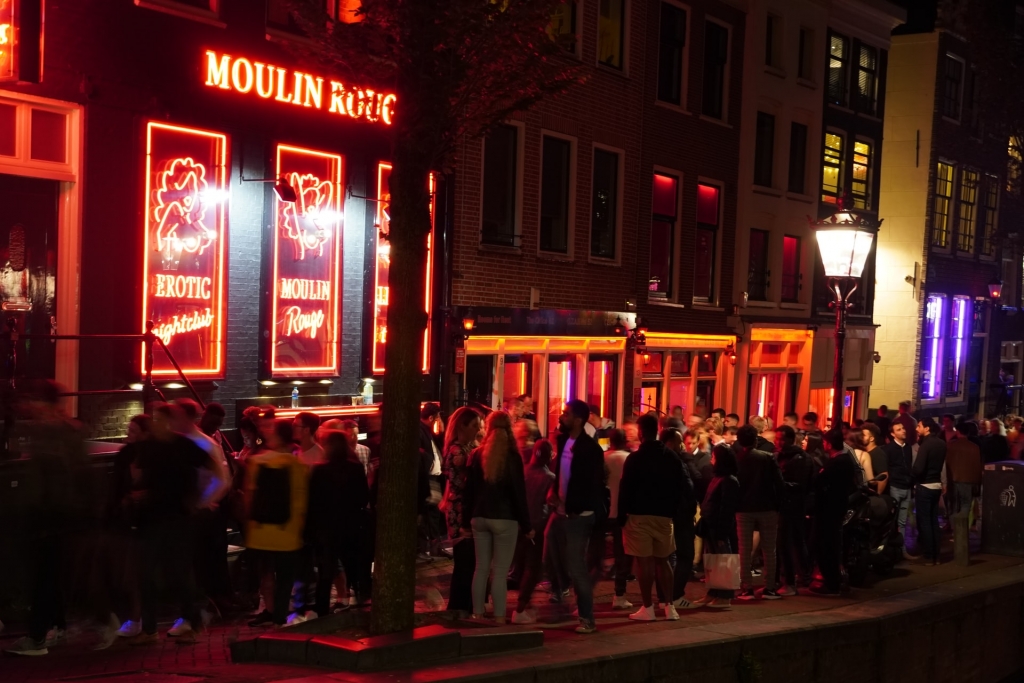
Attractions to see in the Red Light District
Oude Kerk
Standing at the Oudekerksplein for over seven centuries, Oude Kerk has followed the city’s history and bears witness to the most important historical facts. It is considered the oldest building and parish church in Amsterdam. Its noteworthy architectural style and its interior design are bound to captivate visitors. Since 2016 it has become the first church in the Netherlands to attain the official status of a museum. Ever since local and international artists are invited to exhibit their artworks.
Belle’s Statue
“Respect sex workers all over the world,” reads the sign on the Belle Statue which stands right outside the Oude Kerk. Commissioned by Mariska Majoor founder of the Prostitute Information Centre in Amsterdam, the bronze statue was placed here in 2007. Created by the artist Els Rijerse, the Belle statue aims to honor sex workers and reduce stigma.
Ons’ Lieve Heer op Solder House Church
Another must-visit attraction in the Red Light District is the Ons Lieve Heer op Solder (Our Blessed Lord in the attic). Dating to the 17th century this building constructed on the attics of three houses, was once a Catholic church. It has great historical significance because it survived during the Protestant Reformation and was considered one of the safest places for Catholics during the time. Nowadays, it is known as the second oldest museum in Amsterdam and it receives over 100,000 visitors annually.
Visit The Café In’t Aepjen
Occupying one of the only two wooden houses remaining in Amsterdam, Café In’t Aepjen has its own long story to narrate. In the 16th century, sailors arriving at Amsterdam’s port weren’t allowed to sleep in the ships. As soon as they received their wages, they came ashore and embarked on a spending spree. When they run out of money (oh, and they did) they paid their debts with monkeys they had brought with them from the east. The owner of the café ended up with a great collection of monkeys. A gorilla mannequin hangs from the ceiling to preserve the memory of this peculiar payment method.

Etiquette in the Red Light District
When visiting the Red Light District, there are a few key points to keep in mind. First of all remember to show respect to the sex workers. Don’t take photos, don’t stand in front of them and definitely don’t laugh at them. Keep in mind that these women are doing their job and they aren’t one of the city’s landmarks.
There are many sellers on the streets selling different types of things. However, you shouldn’t buy anything from them. The selling itemss are usually stolen and if caught purchasing them, you could be fined.
Last but not least, keep an eye out on your belongings. The Red Light District is a crowded place and as it often happens in big cities’ bustling neighbourhoods pick-pocketing is quite common. As long as you pay a little of attention there is no need to worry.





















